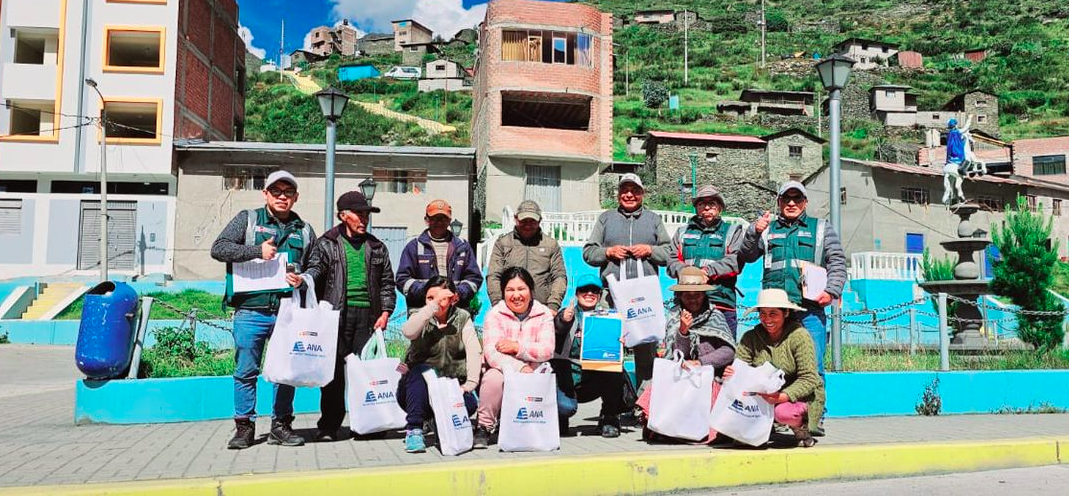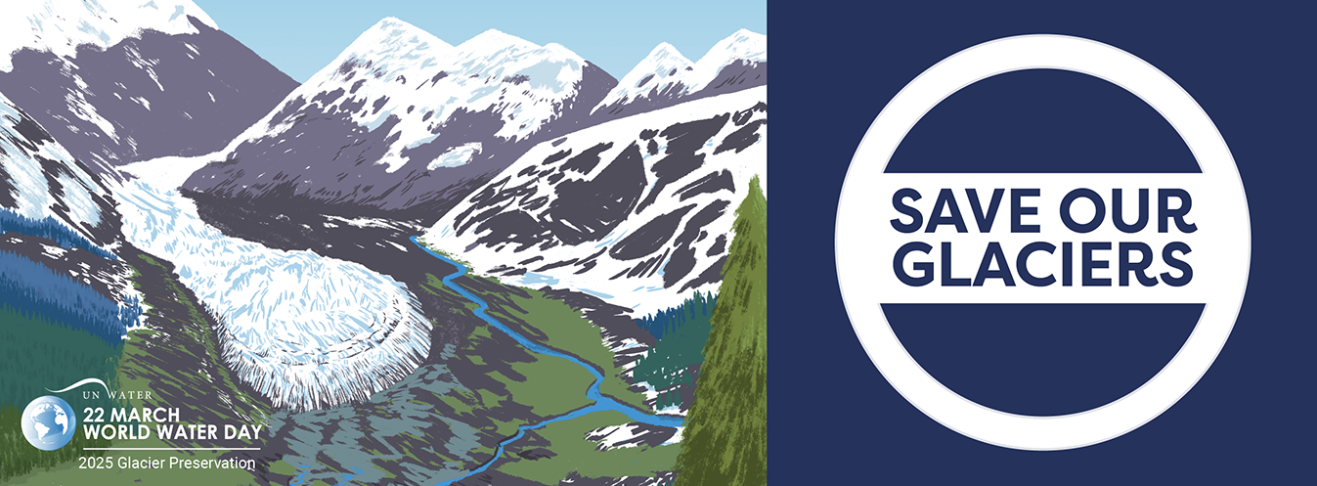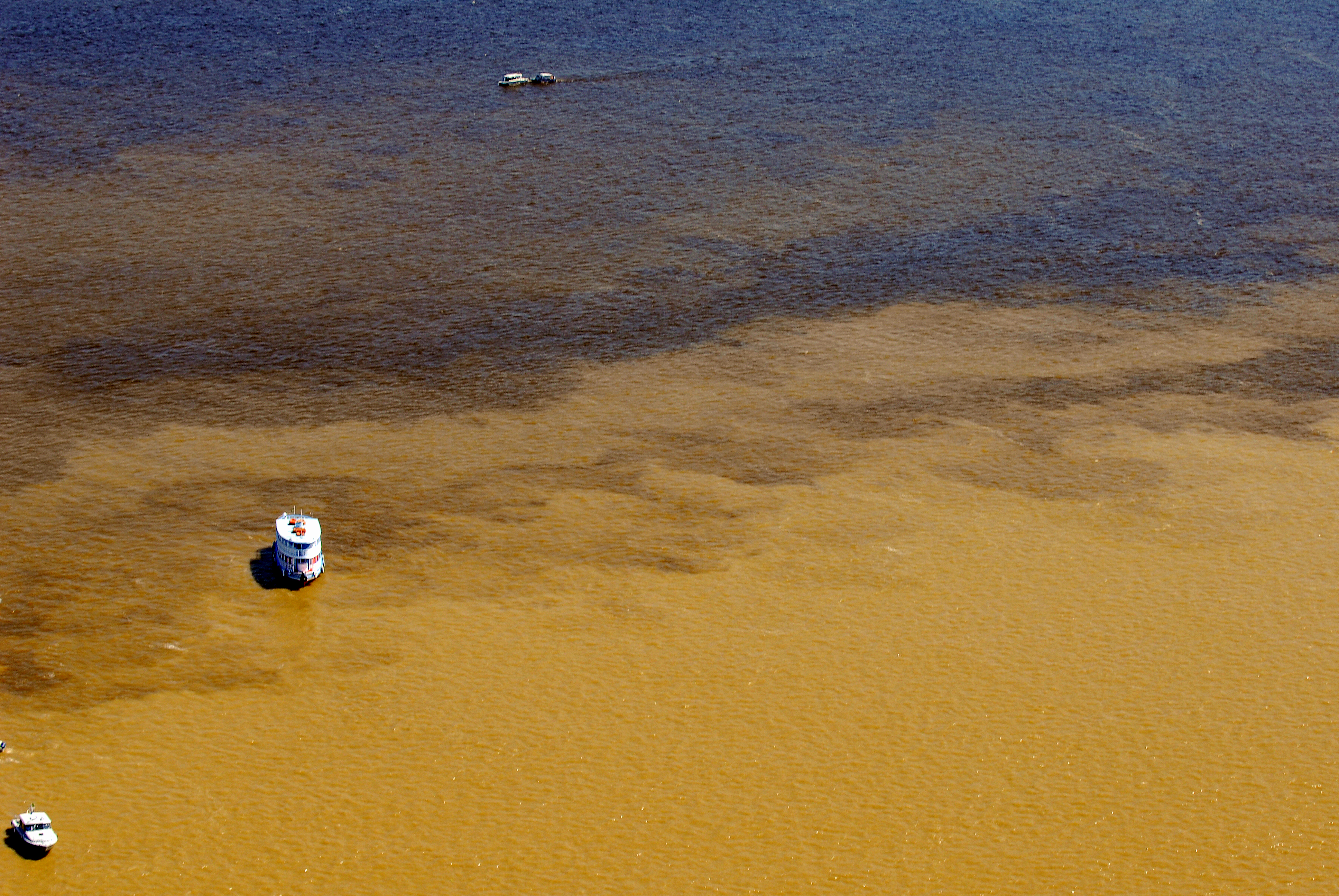The National Water Authority (ANA) of Peru, responsible for the national coordination of the Amazon Basin Project, met on March 14 and 15 with community authorities from Pacaje-Huanutuyo and Untuca, in the Puno region, to strengthen the partnership for the installation and operation of hydrometric and glaciological stations in the Andean mountain ranges of Carabaya and Apolobamba. The ANA delegation was made up of representatives from the Directorate of Water Resources Planning and Development (DPDRH), the Madre de Dios Water Management Authority, the Tambopata Inambari Local Water Administration, among others.
In the Puno region, glacier melting due to global warming is directly affecting surface and groundwater availability and water supply to communities for various uses, such as irrigation and livestock. Through hydrometric and glaciological monitoring, the Amazon Basin Project (ACTO/UNEP/GEF) and ANA intend to offer water supply alternatives to local communities. The intervention will also implement proposed solutions for the efficient use of water resources.
The communal authorities informed ANA of the main problems they had observed in relation to the communities’ water resources and highlighted, in addition to the decrease in water availability, the existence of contamination in some of the supply sources. For this reason, they requested the National Water Authority to carry out workshops for socialization, awareness raising and training of the population to disseminate the water culture in the region. In this sense, two workshops have been scheduled for April 17 and 18.
In order to obtain a representative sample of the most relevant aspects related to water resources and glacial retreat in the communities of Pacaje-Huanutuyo and Untuca, ANA is processing the information collected in March through surveys and interviews with the population. The sample will serve as input for the organization of the April workshops.
The waters of the Limbani, Huari Huari and San Gaban rivers flow down from the snow-capped mountain ranges of Carabaya and Apolobamba, where two glaciological meteorological monitoring stations and two hydrometric stations will be installed. These rivers swell the Amazonian Inambari River and supply water directly to a population of 30,727 people and indirectly to more than 220,000 inhabitants of the provinces of Carabaya and Sandia in the Puno region. In this sense, the participation and support of the communities in the area is crucial for the sustainable supply of water and its efficient use.



